CES 2020: Tech Trends to Watch
Greetings from CES 2020. CES was formerly known as the Consumer Electronics Show and remains an annual gathering of 300,000 of my closest friends, all here to demo their upcoming gadgets, show their Pinocchio-prototype seeking funding to become a real boy, or be the people forking over venture capital. (2020 was formerly known as a year that was completely science fiction.)
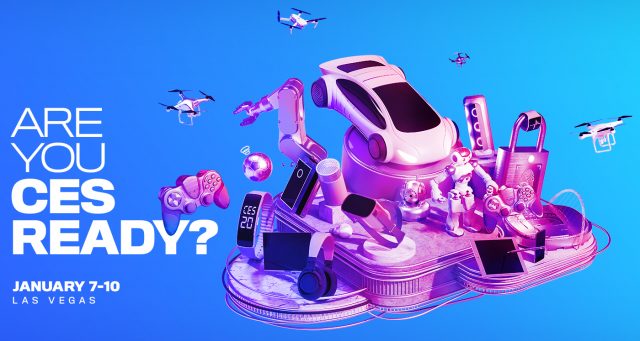
Sunday kicked off the media-only part of the conference, with Tuesday being the official start. It’s held at literally a dozen venues all over Las Vegas, with today’s sessions at Mandalay Bay, where the Onion has once again met reality, with a Starbucks being nearly opened inside another Starbucks.
The first session was the usually interesting Trends to Watch presentation, by the Consumer Technology Association, the people who run CES. The speakers were the CTA’s Steve Koenig, VP of Research, and Lesley Rohrbaugh, Director of Research. (With titles like those, I assume they arm-wrestle to determine who decides what to research.)
What makes the Trends talk interesting is not only the data presented, but also which parts of the talk are filled with more optimism than an eight-year-old riding a unicorn over a rainbow. What CES organizers and exhibitors never seem to understand is that truly revolutionary products don’t need hype. So when you hear hype at CES, it’s an indication that someone is covering for something. I enjoy this talk for its information, but also for pointing out what I’ve become skeptical of after attending CES on and off for thirty years.
It’s Always about Bandwidth
This year, the talk was called “Into the Data Age,” as it seems there’s always one era or another we’re just starting. Case in point, Koenig opened by declaring that the past decade was about the Internet of Things (abbreviated “IoT”), but now “IoT” is all about the Intelligence of Things: devices that are not only connected but also have embedded artificial intelligence. But this statement is vastly premature based on all the IoT promises we’ve heard before, when every piece of clothing and all food in the fridge would have ubiquitous smart chips talking to each other. This is supposed to be a big selling point of 5G cellular because it’s built to handle hundreds of thousands of small devices within tower range. The promise of the original Internet of Things is still years off; it’s odd for Koenig to come not to praise it, but to bury it. Or at least, to replace it with new words for the same abbreviation. But it’s true that many IoT devices previously planned to be dumb sensors are now getting embedded smarts.
Koenig called 5G networking an “ingredient technology,” precisely because current cell networks can’t handle so many devices. In 2019, only 1% of cell phones in use were 5G-capable; this is expected to rise to 12% in 2020, over 50% in 2022, and over 75% by 2023. But unlike previous network rollouts, where consumer demand drove the market, Koenig said that enterprise purchases would drive 5G, as companies seek to use 5G’s capability to network massive numbers of single-purpose devices and leverage its high speeds and low latency for more complicated applications.
Koenig pitched this corporate-driven adoption as a positive thing, but I’m fairly certain it isn’t, at least not for consumers. I’ve been bullish on 5G technology but skeptical of 5G implementation for years (see “Ideas from CES 2017: 5G in Your Future,” 19 January 2017), because we’re dealing with companies that sell limited “unlimited” data, with various charges when we use our phones too much. Is it a good thing that the United States will have six different companies building 5G networks, the only country with so many? Or is that ample opportunity to pay an extra $30 because you downloaded a movie while roaming? South Korea, which has the fastest mobile data in the world, is happy with three competitors; Canada, in third place, is proceeding with a regulated monopoly for now. (The United States ranks 30th in this comparison.) When Verizon’s and AT&T’s bread is buttered mostly by companies of the same size they are, how responsive do you think they’ll be to consumer demand?
Big agriculture is expected to be a major user of 5G and IoT, and for good reason: the global population is expected to hit nearly ten billion in 30 years, and it would be nice to feed them all. A large number of small sensors can be used to micro-target areas of farmland, getting maximum yield while minimizing needed water resources. In a slide labeled “precision agriculture,” red areas indicate crops that need more water while other regions are perfectly fine. This “farm of the future” is literally so, because Koenig said that farmers would be able to raise needed capital by selling into futures markets, with confidence they can meet their targets.
But notably, while the rest of the slide showed massive self-driving John Deere tractors and drones a-plenty, it depicted only a single farmer, the one examining the image above and presumably planning on cornering the orange juice market. There are 2.2 million farms in the United States and 3.2 million farmers; it sounds like the 750,000 people who work on farms but aren’t family members should be looking for other lines of work.
AI Everywhere
Similar impacts will come from AI. Machine learning and interfaces that anticipate your needs will show up in smart TVs, smart speakers, smart ovens, and smart doorbells; later in the day, I saw a smart bathmat. These technologies will be even more ubiquitous outside the home. Koenig waxed rhapsodic about McDonald’s running “McD Lab,” the R&D department that is developing AI to take your drive-thru order. This, he said, means the employee can focus on customer service, making sure the order is right, and taking payments more efficiently. But all of those things have already been automated elsewhere—making you wonder just why a human would be there at all. McDonald’s has 1.9 million employees, and it sounds like most of them should be joining the farmers at night school.
(It should be noted that technology is, overall, usually a net positive for employment. Compare the tiring work of 19th-century accountants, whose work was difficult drudgery, to the large number of people working with spreadsheets today with more interesting work and higher salaries. New technology kills old bad jobs and generates new good ones; the problem being that it’s not the same people moving from the one job to the other. Unskilled workers are hit particularly hard.)
AI was another area where the presenters leapfrogged over real-world experience, saying that the last ten years were about connectivity, but the next ten would center on AI. I thought that perhaps connectivity should get some more attention, and made a note to do a speed test on my Internet connection in the room. But I couldn’t do it, because in a multibillion-dollar hotel hosting one of the world’s top tech conferences, neither the open Wi-Fi nor my hotspot could get any bandwidth—I was offline.
Streaming Video for Your Every Waking Minute
Streaming video services were the next focus, telling us what we already know: there are a lot of them, and more are coming. Did you know NBC’s streaming service will be called Peacock? (With Disney owning ABC and CBS All Access seemingly planning on being a 24/7 Star Trek feed, I look forward to the announcement of PBS Sesame Stream to round out the networks of my childhood.) But clearly, the market is not close to being saturated, as the market is not only growing, but the rate of growth increased through 2018 and is still at a healthy 20%. After all, why settle for one streaming service with more video than you can watch in a lifetime when you can subscribe to five?
And why settle for sitcoms that can last 21 whole minutes when you can have much faster jolts of thrilling content? Meg Whitman and Jeffrey Katzenberg announced a new company and streaming service, Quibi, that will produce shows for the YouTube generation that can be watched on a phone while standing in line. I note that YouTube already exists and can be watched in line for free. But as I’m not a member of the generation that considers watching YouTube to be the equivalent of watching Netflix, I’m not the right person to judge whether Quibi is doomed or brilliant.
Which device you’re going to watch all this on is also up in the air. The official “Next Big Thing” is 8K television, but that’s big in terms of size, not in terms of whether anyone will buy one. If you want to tell the difference between 4K and 8K, you’ll need a screen with at least 65 inches, and that’s more than can fit in most living rooms (see “CES’s 2019 Tech Trends: Big Data, 5G, AI, AR/VR, Autonomous Vehicles—and Bigger TVs,” 8 January 2019). Koenig even made an awful dad joke about how his wife wouldn’t let him bring one home, then said that 8K would still be huge because of applications like billboards and corporate displays. When was the last time you were interested in billboard technology? I have no doubt that someday we’ll have homes with entire walls in 16K or 32K, showing vistas indistinguishable from a view out the window—but that is likely to bring with it a change in architecture before the tech will fit.
Reality, Augmented or Virtual, and the Rest of the Trends
That imaginary vista, of course, is an example of virtual reality, or VR, which has now been lumped in with augmented reality (AR) to create a new buzzword: XR. (I’m not sure what the X stands for, and I’m pretty sure I don’t want to know.) The next slide shows why I think AR is a much bigger deal than VR: you will be able to use AR without using gear that would cause a scuba diver to say, “too bulky.” Google has impressed me twice with their AR advances, the first being a Maps overlay that puts giant arrows onto your route (and which has mostly worked for me, but with some howling errors), the other being that Google Translate appears fast and accurate enough that I’m not worried, prior to a trip in three days, that I only got to lesson three of my Italian audio course. A phone is a poor way of using the technology, but Translate and Lens are essentially closed captions for the real world.
The rest of the talk covered other sectors of less general interest but included a grab bag of either exciting or preposterous news. Esports, which is what we now call watching other people play video games, somehow surpassed $1 billion in revenue last year. Self-driving vehicles are already expected as near-future fleet vehicles for companies like Uber and Lyft. But we’re also supposed to see an explosion of “multimodal” transportation, such as electric scooters that take us the last distance that Uber can’t go. (This was followed, apparently without recognition of irony, by a discussion of digital health and gadgets that ensure we do enough walking every day.) And yes, that includes the flying car, which (regulations permitting) you could be able to call like an Uber by the mid-2020s—should you be one of the people who thinks that idea is attractive rather than terrifying.
The talk wrapped with a discussion of robots—always, it’s the industrial applications that are important but the adorable ones that are on display—and the growing field of “resilient technology,” which are systems that degrade gracefully and with fewer outages in crises. Clearly, terrorism was on everyone’s mind when this was brought up, but by the way Rohrbaugh said it was for “disaster recovery or… things like disasters,” this is not something that’s openly talked about by the CTA. Which is ironic, because it could be the biggest way innovative technology changes your life, even if that just means having steady electricity in California.
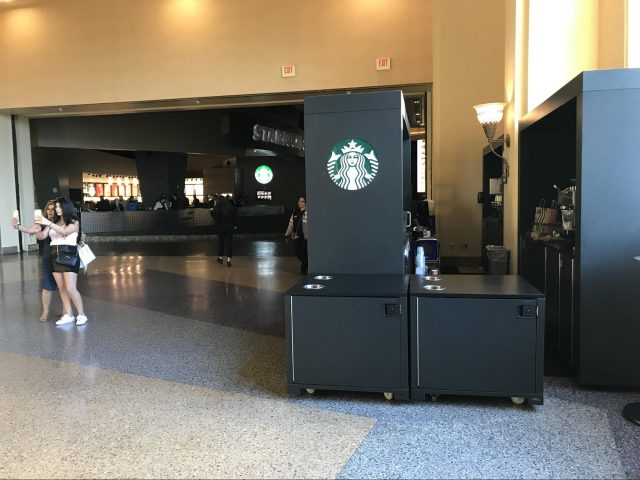
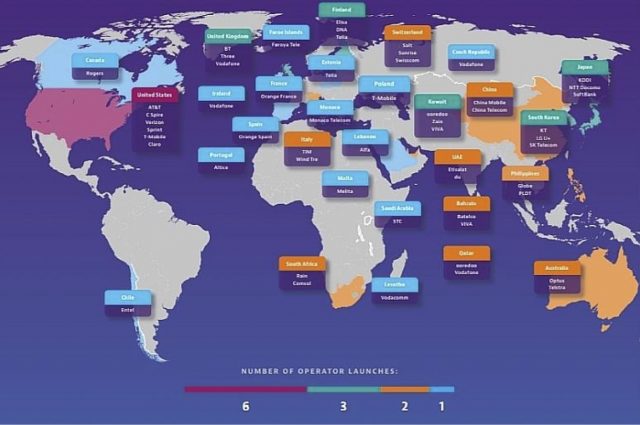
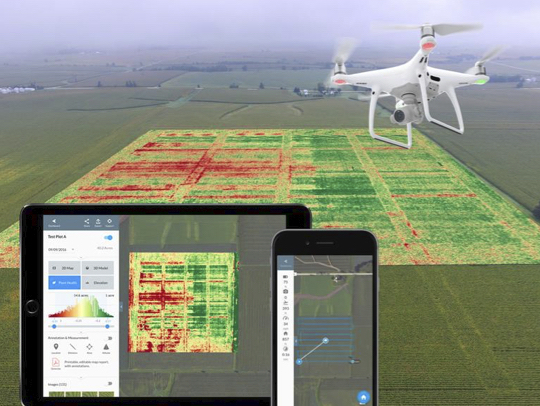
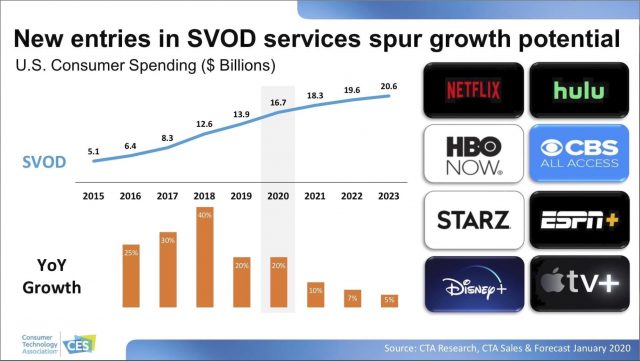
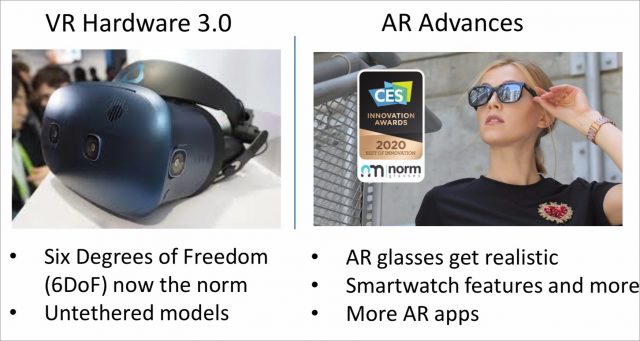

I use a filter in Feedbin to automatically mark all RSS about CES as “read” before I ever see them, because 99% of the stuff from CES will never come to light, and the other 1% won’t be out for 6 months, at which point you’ll find out about them another way.
IMO / FWIW / YMMV.
I see CES largely as fiction—or at least wishful thinking—which is why we like having Jeff write about it, since fiction should be entertaining.
Thank you, Jeff for the many laughs. Great article.
Many of the outlandish things I cover are already shipping, so “fiction” isn’t quite the right word for them, only their claims.
Every year I plan to come back with a story reviewing the prior year’s coverage, both to see which of those products ever existed or still do, and to grade myself on my prognosticative abilities.
As far as esports go, it’s more than just watching people play video games. The UCI (Olympic governing body for cycling of all sorts) has been talking about running championships for indoor cycling, and maybe has already had some national championships. They use a commercial site called Zwift. High end trainers can simulate rides by varying resistance to replay a real ride that you’ve recorded, or in the case of Zwift, fictitious rides on a fake island “Watopia”. (One course on Watopia has dinosaurs.) I replay rides on occasion that I’ve done earlier in the year myself as a change of pace for more normal (and usually harder) trainer sessions. Some trainers can even simulate road surface feel and bike tilt on “climbs”. Simulated steering is supposed to be coming. So we’re getting closer to virtual reality. All we need is the VR glasses and a way to mimic wind and smell.
Of course, in addition to the usual doping problems cycling has, if you let people compete from the comfort of their homes you have to ensure somehow that they’re not competing from their couch and sending faked data streams. Lying about weight (used to turn incline into power) is a common problem now . Zwift also does running, so that may be coming, too.
Great article! I found the section on jobs especially interesting. Just last night I saw a commercial for a local furniture chain advertising their great new couch with recline, tilting headrest and lumbar support - all power of course. And because the couch is powered, that lead to the little spots to plug in your devices. “So you never have to leave” - that was the whole point of the commercial. I guess they are preparing for the day of the unemployed farmers and McD workers.
Scary world coming up. Maybe the beach will be free of loud people then
Diane
CES has been a joke for a long time, and we treat it as such.
Oh, man, completely disagree. I treat some things as a joke. But overall? If I felt that way I wouldn’t go. In 3-6 days I get expertise about the next several years of technology that I couldn’t get any other way. And for everything I see that fails or is worthy of mockery, I see something that should exist and I’m rooting for it.
Paul, my comment on Esports was slightly tongue in cheek, as I sometimes enjoy watching videos of people mastering video games I haven’t.
Great article. Fascinating how CES sucks up all available bandwidth at the show, yet the exhibitors still manage to perform demos. I wonder how much cable is hidden under the carpets?
Last night I was in my favorite chair and snuggled under a blanket while reading when my iPad ran out of juice. I sat there thinking I need a chair with power so that I can keep my device powered.
I’m wearing my Consumer Electronics Manager Ad Sales hat again. I spent more than 20 years going to CES shows back in the pre and early internet days when there were two shows a year. I agree that the stuff that makes it into the press is the pie in the sky “fiction” PR projections. That’s because the show itself is not aimed at consumers; it’s a trade show aimed at buyers for retail stores as well as the press.
There used to be two CES shows a year, January and June. Around the mid 90s when prices on CE stuff started rapidly declining, department stores like Macy’s stopped selling the products because the margins began falling too low, smaller specialty chains were folding and online shopping began soaring through the roof, they consolidated into one show. CES became focused on building brand names and loyalty almost as much as it is on getting retailers to stock products. Consumers are still not allowed into the show, but getting consumers hyped about what the brands will be doing will and who and what will be the leader in what’s coming down the road will have a big impact on what products from what brands they will want to buy now.
What consumers don’t read about is all the schmoozing and deal making between the manufacturers and retail buyers beyond the reach of the press for products that will hit the shelves soon.
I would imagine that the “X” in “XR” is for cross-reality (or crossover-reality). Like “School Xing”, XR is a general term for crossing technology with reality, whether that be virtual or augmented). Just my 2¢ worth…
I see the conspiracy is real, there is something missing of that map in the article… #GetNZontheMap
Also, were TidBITS profiles reset recently? It seems to think I’ve only been here 5 minutes instead of a couple of decades
The “profile” here in Discourse just reflects history within Discourse itself for sure, not anything beyond that. We don’t have data in a useful format that would give us better reader history, unfortunately. :-)